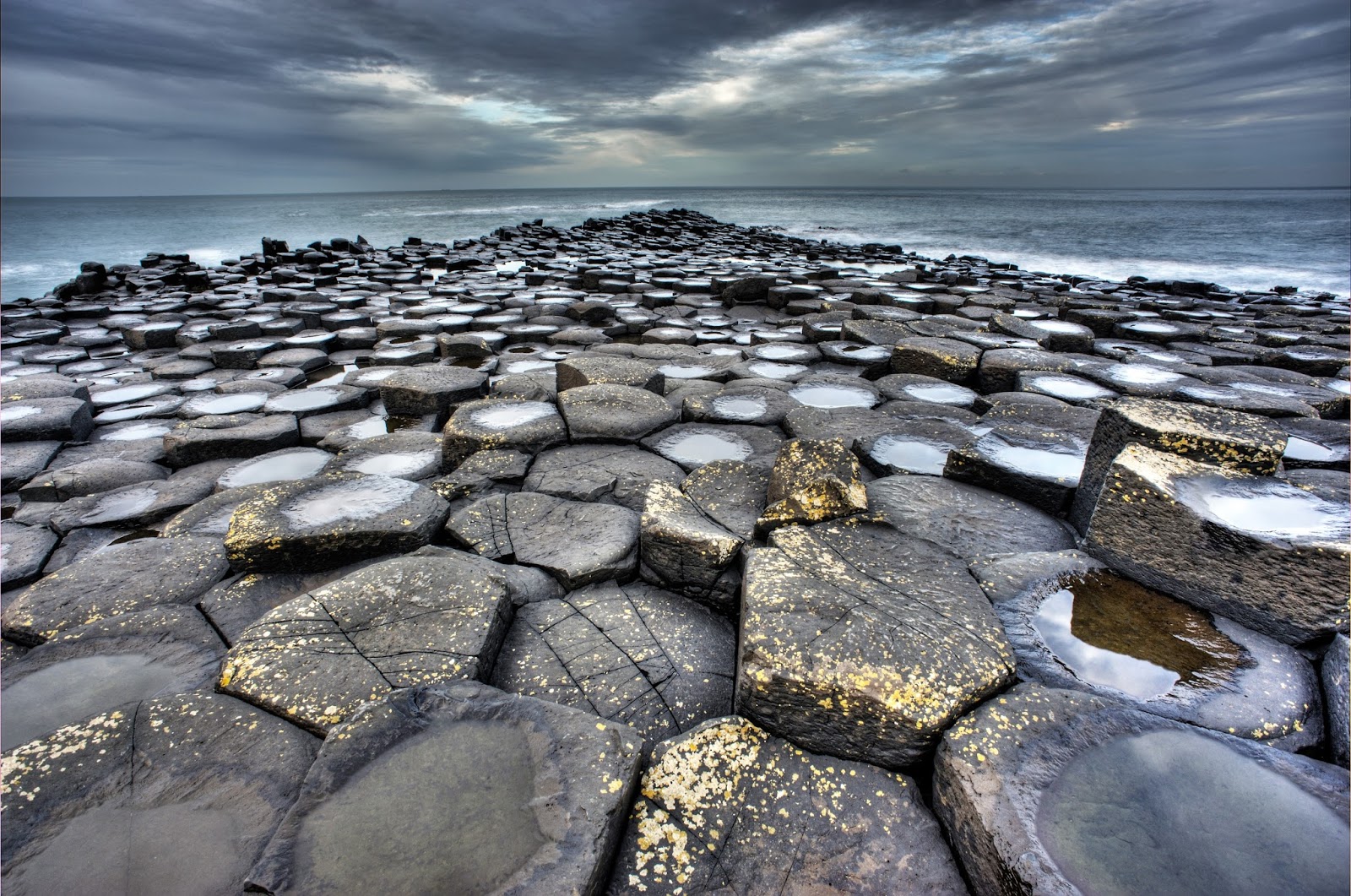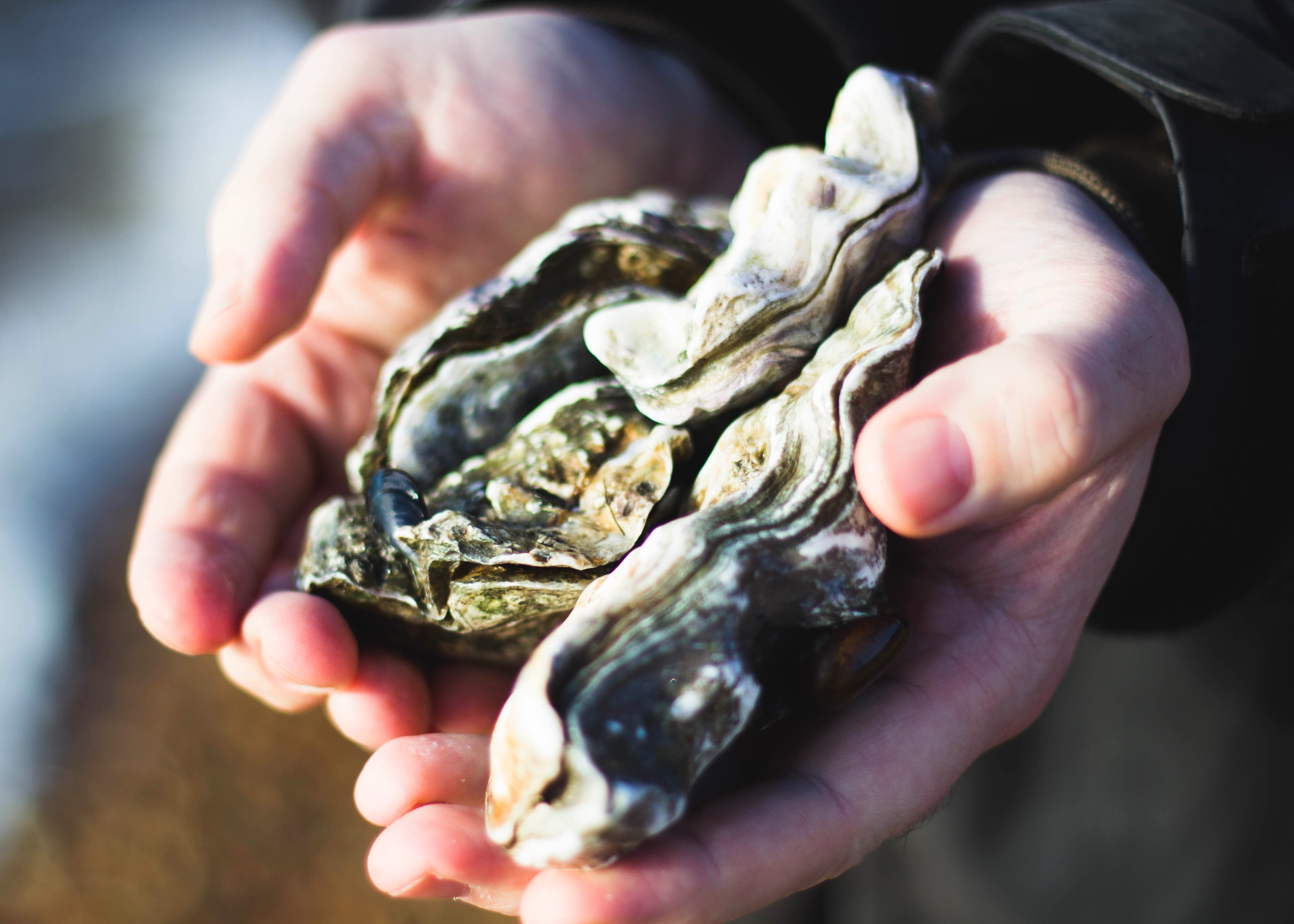 First Nation Shell Middens And True Oysters
First Nation Shell Middens And True OystersOne of the now rare species of oysters in the Pacific Northwest is the Olympia oyster, Ostrea lurida...
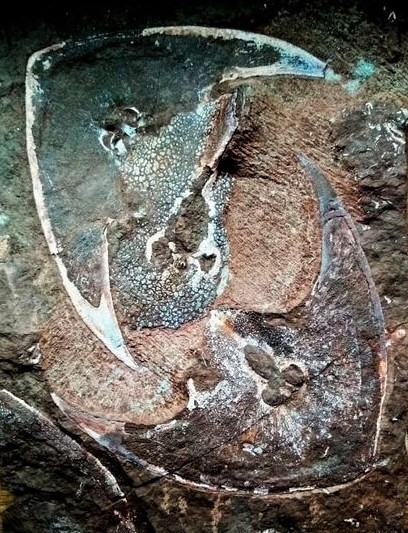 Zenaspis: Lower Devonian Bony Fish Of Podolia, Ukraine
Zenaspis: Lower Devonian Bony Fish Of Podolia, UkraineA Devonian bony fish mortality plate showing a lower shield of Zenaspis podolica (Lankester, 1869)...
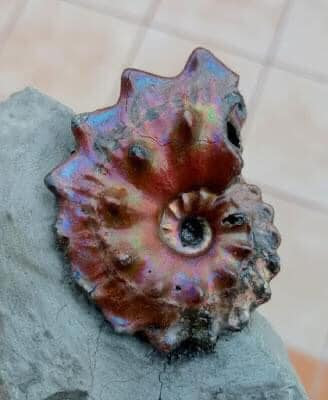 Oil in Water Beauty: Euhoplites of Folkstone
Oil in Water Beauty: Euhoplites of FolkstoneSheer beauty — a beautiful Euhoplites ammonite from Folkstone, UK. These lovelies have a pleasing...
 Carnotaurus sastrei: Flesh Eating Bull
Carnotaurus sastrei: Flesh Eating BullCarnotaurus sastrei, a genus of large theropod dinosaurs that roamed the southern tip of Argentina...





 This exceptionally well-preserved crinoid, Delgadocrinus oportovinum, was found on October 11, 1905, by Nery Delgado during his work mapping the geology and paleontology of Portugal.
This exceptionally well-preserved crinoid, Delgadocrinus oportovinum, was found on October 11, 1905, by Nery Delgado during his work mapping the geology and paleontology of Portugal. 
 Ferguson Hill contains the most complete macrofossil record spanning the Triassic-Jurassic boundary in North America. The ammonoids from the uppermost Triassic can be traced to the boundary and the earliest ammonites (Psiloceratids) can be seen right at the base of the Jurassic.
Ferguson Hill contains the most complete macrofossil record spanning the Triassic-Jurassic boundary in North America. The ammonoids from the uppermost Triassic can be traced to the boundary and the earliest ammonites (Psiloceratids) can be seen right at the base of the Jurassic. 
 Cuticular structure in a Late Maastrichtian crab, Costacopluma mexicana, from deposits near the town of from near Paredón, Ramos Arizpe in what is now southern Coahuila (formerly Coahuila de Zaragoza), north-eastern Mexico. We see this same species in the Upper Cretaceous Moyenne of Northeast Morocco and from the Pacific slope, Paleocene of California, USA. This beauty is in the collection of José F. Ventura.
Cuticular structure in a Late Maastrichtian crab, Costacopluma mexicana, from deposits near the town of from near Paredón, Ramos Arizpe in what is now southern Coahuila (formerly Coahuila de Zaragoza), north-eastern Mexico. We see this same species in the Upper Cretaceous Moyenne of Northeast Morocco and from the Pacific slope, Paleocene of California, USA. This beauty is in the collection of José F. Ventura.
 Diabetes mellitus and cardiovascular diseases are challenging medical and social problems. Patients with diabetes mellitus are at a higher risk of developing vascular dysfunction and hypertension. Cumulative evidence suggests that oxidative stress may play a key role in the development of diseases.
Diabetes mellitus and cardiovascular diseases are challenging medical and social problems. Patients with diabetes mellitus are at a higher risk of developing vascular dysfunction and hypertension. Cumulative evidence suggests that oxidative stress may play a key role in the development of diseases.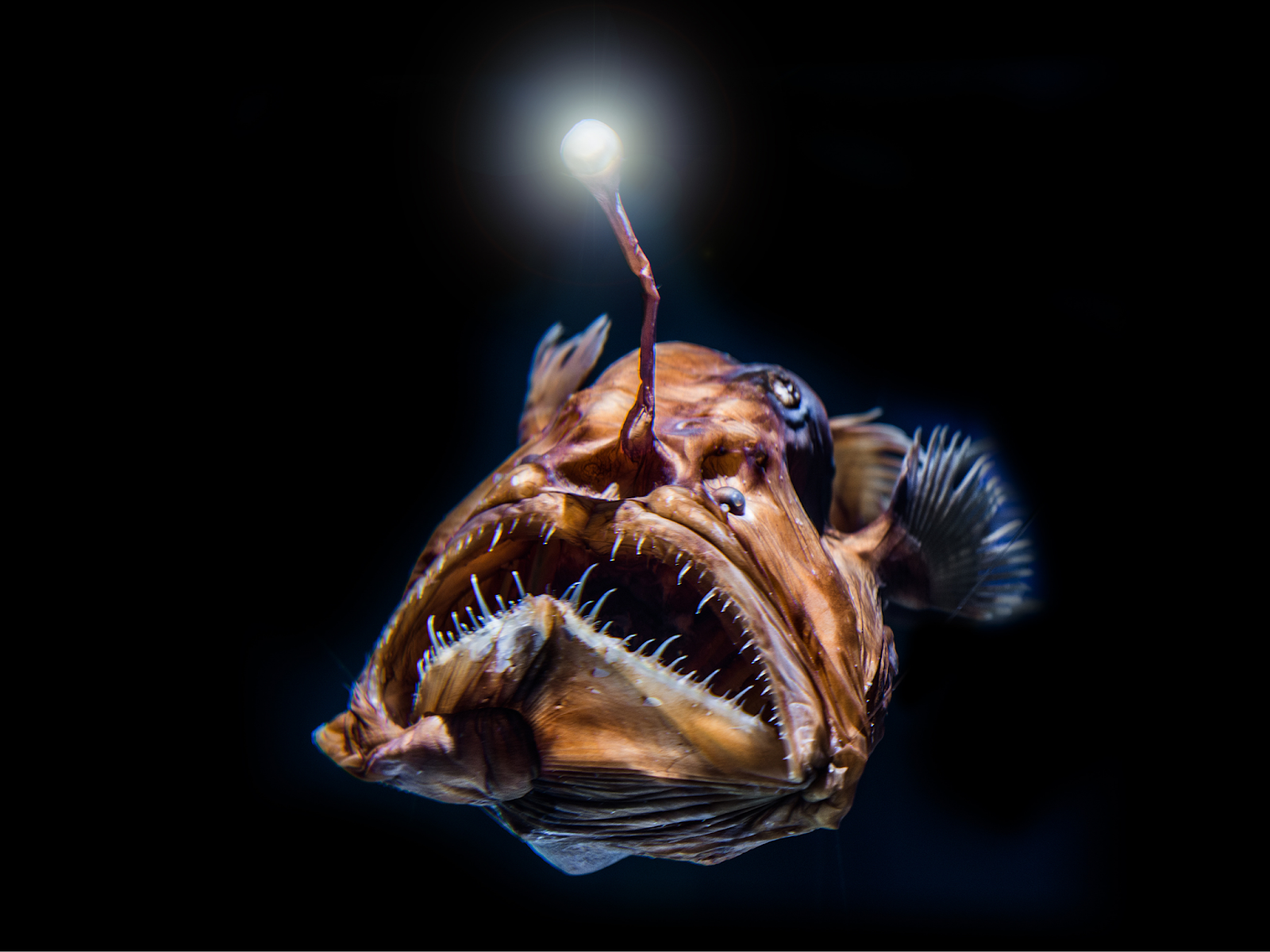
 The festive lassie you see here is an Anglerfish. They always look to be celebrating a birthday of some kind, albeit solo. This party is happening deep in our oceans right now.
The festive lassie you see here is an Anglerfish. They always look to be celebrating a birthday of some kind, albeit solo. This party is happening deep in our oceans right now. 